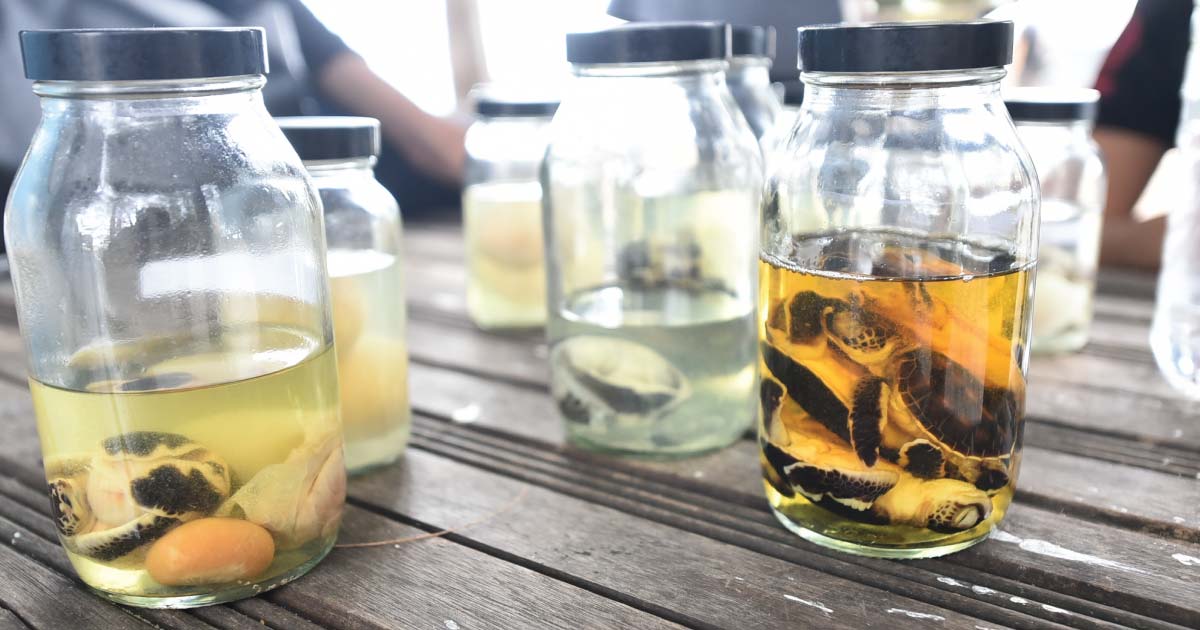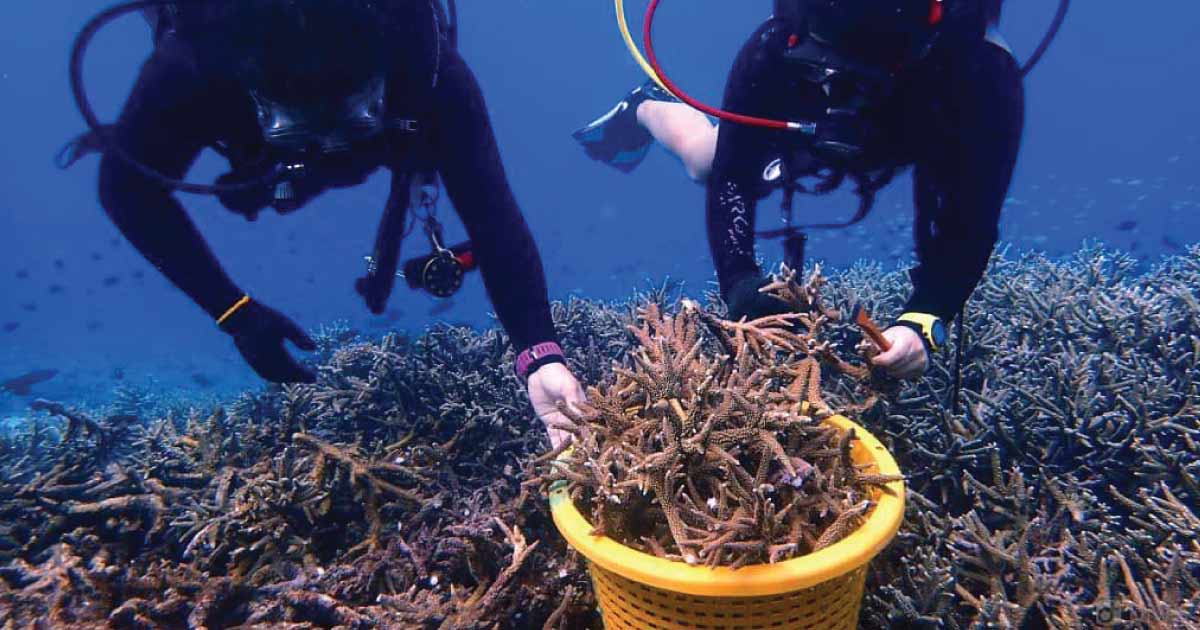

The World Health Organization (WHO) cites unhealthy environments as the cause of an estimated 12.6 million deaths annually.

Air, water, and soil pollution are some of the environmental risk factors contributing to various health threats and diseases. About two million deaths yearly are caused by air-borne diseases such as respiratory infections, and heart diseases.
A cardiovascular exercise for charity
Environmental health concerns the natural as well as the built environments affecting human health. Environmental hazards can be physical, chemical, biological, or cultural (psychosocial).
Chemical environmental hazards are substances toxic to water. Zinc oxide, for example, is a common paint pigment that endangers aquatic life.

Many harmful substances may be neutralized or eliminated by photolysis (sunlight) or hydrolysis (water), even biologically (organisms). Many, still, appear to be not immediately toxic to humans. This does not mean a particular substance is non-hazardous. A persistent resistance towards the natural elimination mechanisms, combined with the underlying toxicities, will deliver the damage in the long run.
A case in point is milk spilled in tanker amount into an aquatic ecosystem. The excessive enrichment of the body of water, with minerals and nutrients, is called eutrophication or hypertrophication. It induces an algae bloom, which depletes the water’s oxygen for the bodies of life below.

Malaysia Book of Record for MSU’s 178,900 enzymatic mudballs against water eutrophication
Gold to MSU for UNSDG initiative supporting Life Below Water
Other, more regular examples of environmental hazards from the chemical category include nitrate and phosphate – as commonly present in detergents, fertilizers, and sewage.
The physical category of environmental hazards is populated mostly by occupational hazards such as drought, flood, fog, x-ray, and e-waste; whilst biohazards include medical waste, samples of viruses or toxins, food poisoning, and avian influenza. Cultural or psychosocial hazards count stress and violence among them.
MSU Bachelor in Food Service Technology (Honours)
MSU Bachelor of Science in Aviation Management and Piloting (Honours)
This age of green, the knowledge you gain on the MSU Bachelor in Environmental Health (Honours) programme may prove valuable as you explore how professional, domestic, and leisure environments link.

MSU greens the blue with MyCoral 3.0
MSU Diploma in Leisure Outdoor and Adventure Management
With your studies of environmental health including courses such as anatomy and physiology, environmental chemistry, toxicology, health psychology and behavior, environmental health legislation, and environmental health promotion and risk communication, a wide career range is open to you beyond environmental protection and public health to include occupational health and safety.
Health and safety at the workplace
MSU Diploma in Occupational Safety and Health
Equip yourself to make an impact on environmental as well as social well-being, with MSU’s Bachelor in Environmental Health (Honours).

MSU embraces community healthcare with ECHO

The World Health Organization (WHO) cites unhealthy environments as the cause of an estimated 12.6 million deaths annually.

Air, water, and soil pollution are some of the environmental risk factors contributing to various health threats and diseases. About two million deaths yearly are caused by air-borne diseases such as respiratory infections, and heart diseases.
A cardiovascular exercise for charity
Environmental health concerns the natural as well as the built environments affecting human health. Environmental hazards can be physical, chemical, biological, or cultural (psychosocial).
Chemical environmental hazards are substances toxic to water. Zinc oxide, for example, is a common paint pigment that endangers aquatic life.

Many harmful substances may be neutralized or eliminated by photolysis (sunlight) or hydrolysis (water), even biologically (organisms). Many, still, appear to be not immediately toxic to humans. This does not mean a particular substance is non-hazardous. A persistent resistance towards the natural elimination mechanisms, combined with the underlying toxicities, will deliver the damage in the long run.
A case in point is milk spilled in tanker amount into an aquatic ecosystem. The excessive enrichment of the body of water, with minerals and nutrients, is called eutrophication or hypertrophication. It induces an algae bloom, which depletes the water’s oxygen for the bodies of life below.

Malaysia Book of Record for MSU’s 178,900 enzymatic mudballs against water eutrophication
Gold to MSU for UNSDG initiative supporting Life Below Water
Other, more regular examples of environmental hazards from the chemical category include nitrate and phosphate – as commonly present in detergents, fertilizers, and sewage.
The physical category of environmental hazards is populated mostly by occupational hazards such as drought, flood, fog, x-ray, and e-waste; whilst biohazards include medical waste, samples of viruses or toxins, food poisoning, and avian influenza. Cultural or psychosocial hazards count stress and violence among them.
MSU Bachelor in Food Service Technology (Honours)
MSU Bachelor of Science in Aviation Management and Piloting (Honours)
This age of green, the knowledge you gain on the MSU Bachelor in Environmental Health (Honours) programme may prove valuable as you explore how professional, domestic, and leisure environments link.

MSU greens the blue with MyCoral 3.0
MSU Diploma in Leisure Outdoor and Adventure Management
With your studies of environmental health including courses such as anatomy and physiology, environmental chemistry, toxicology, health psychology and behavior, environmental health legislation, and environmental health promotion and risk communication, a wide career range is open to you beyond environmental protection and public health to include occupational health and safety.
Health and safety at the workplace
MSU Diploma in Occupational Safety and Health
Equip yourself to make an impact on environmental as well as social well-being, with MSU’s Bachelor in Environmental Health (Honours).

MSU embraces community healthcare with ECHO
